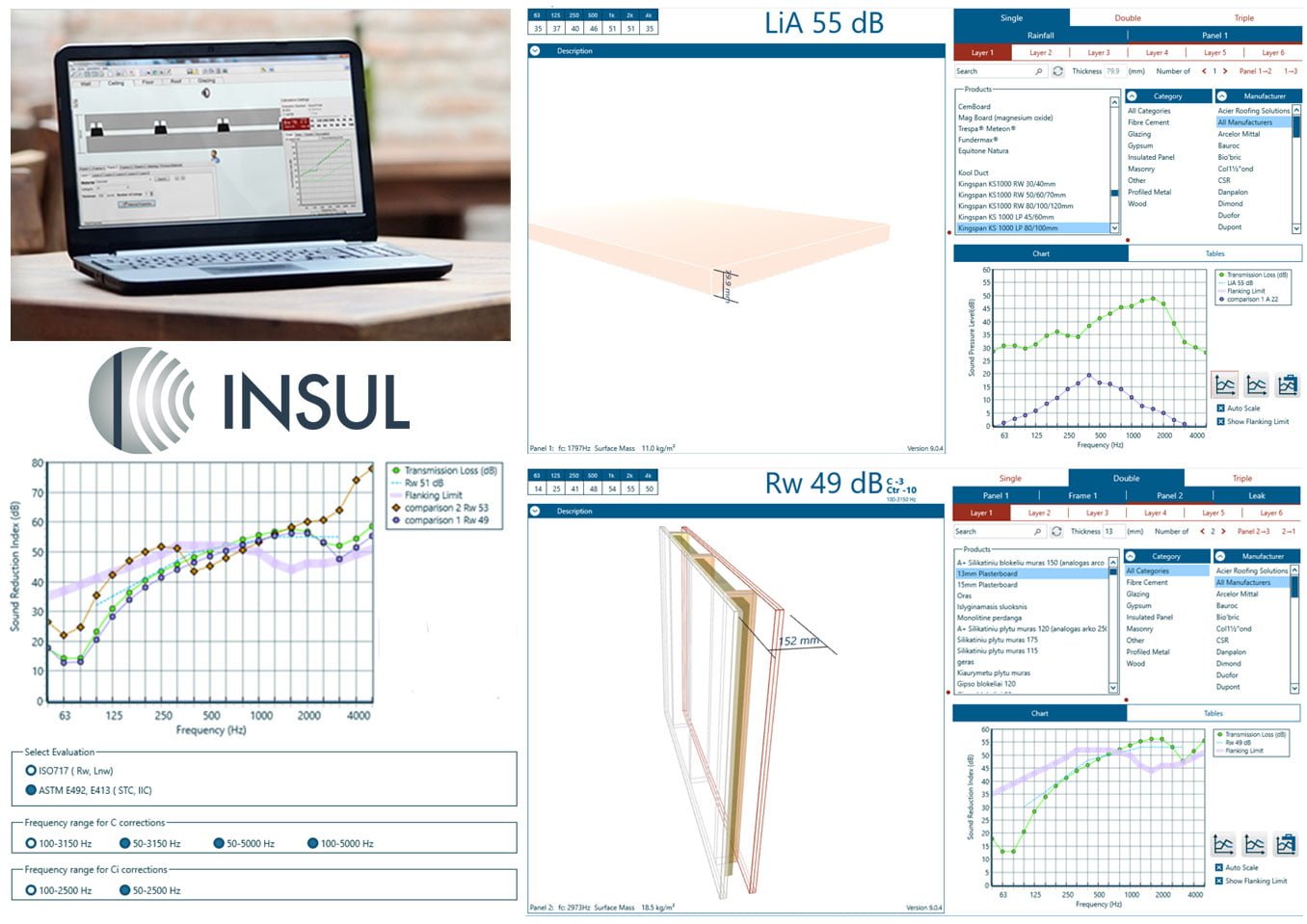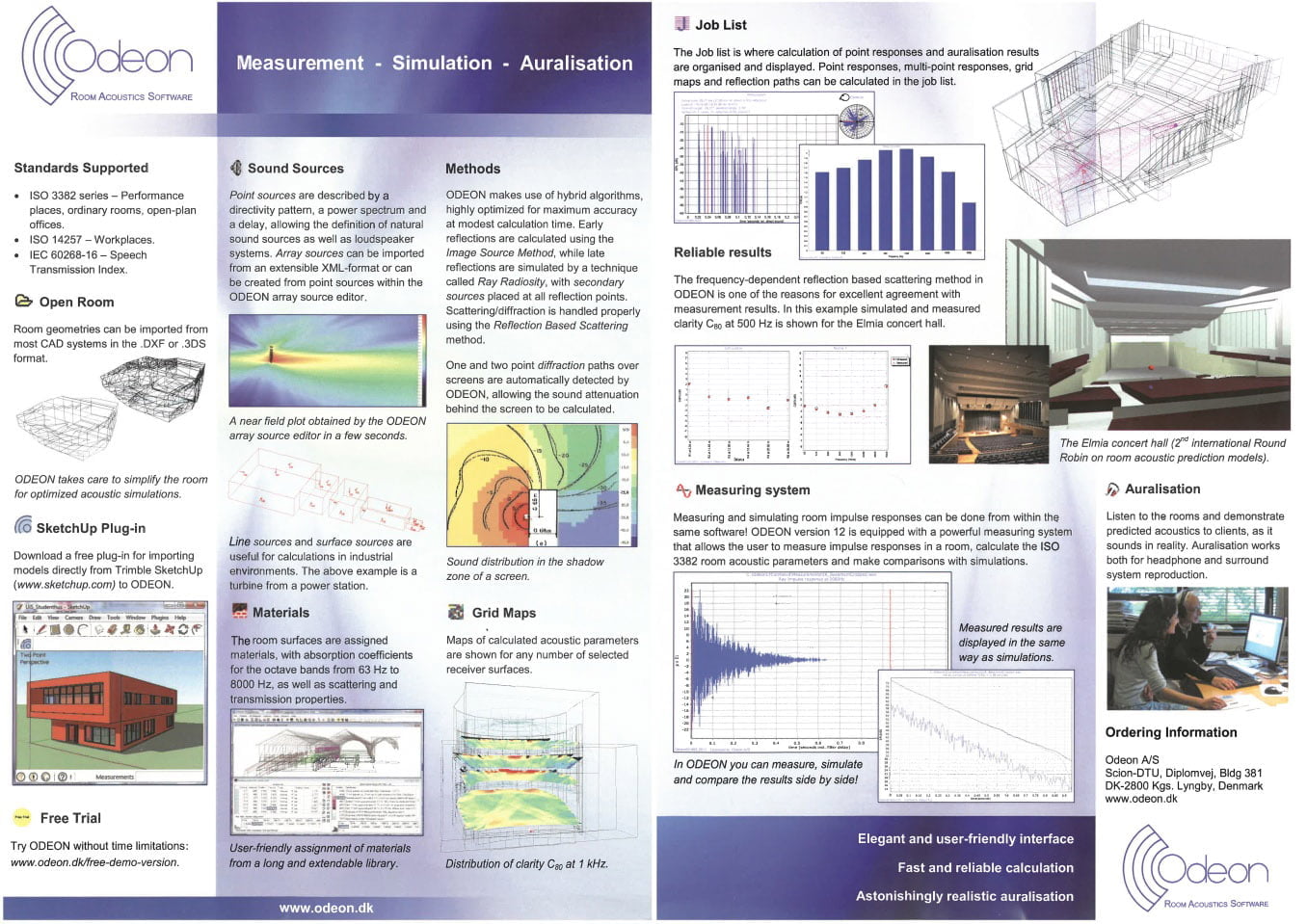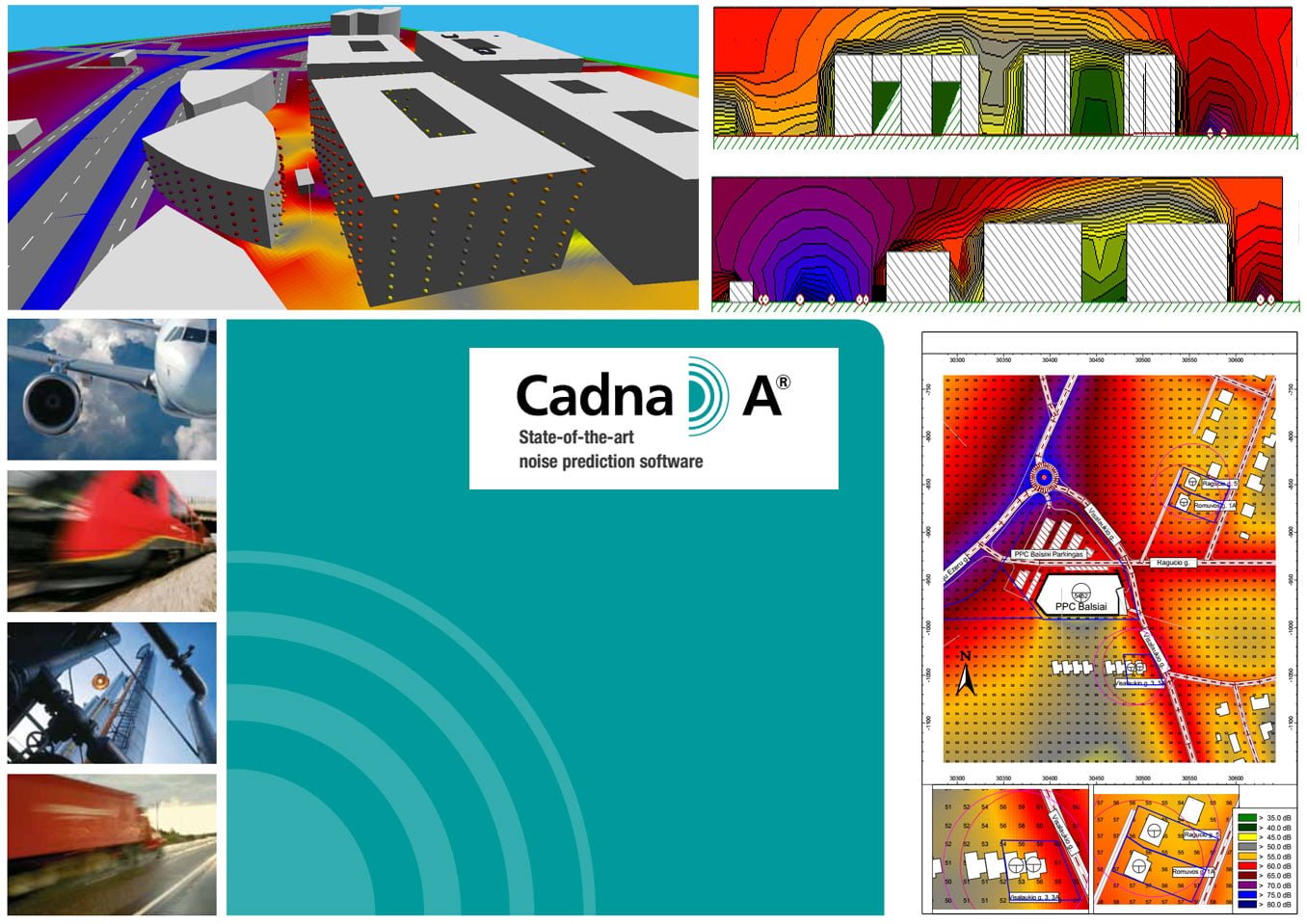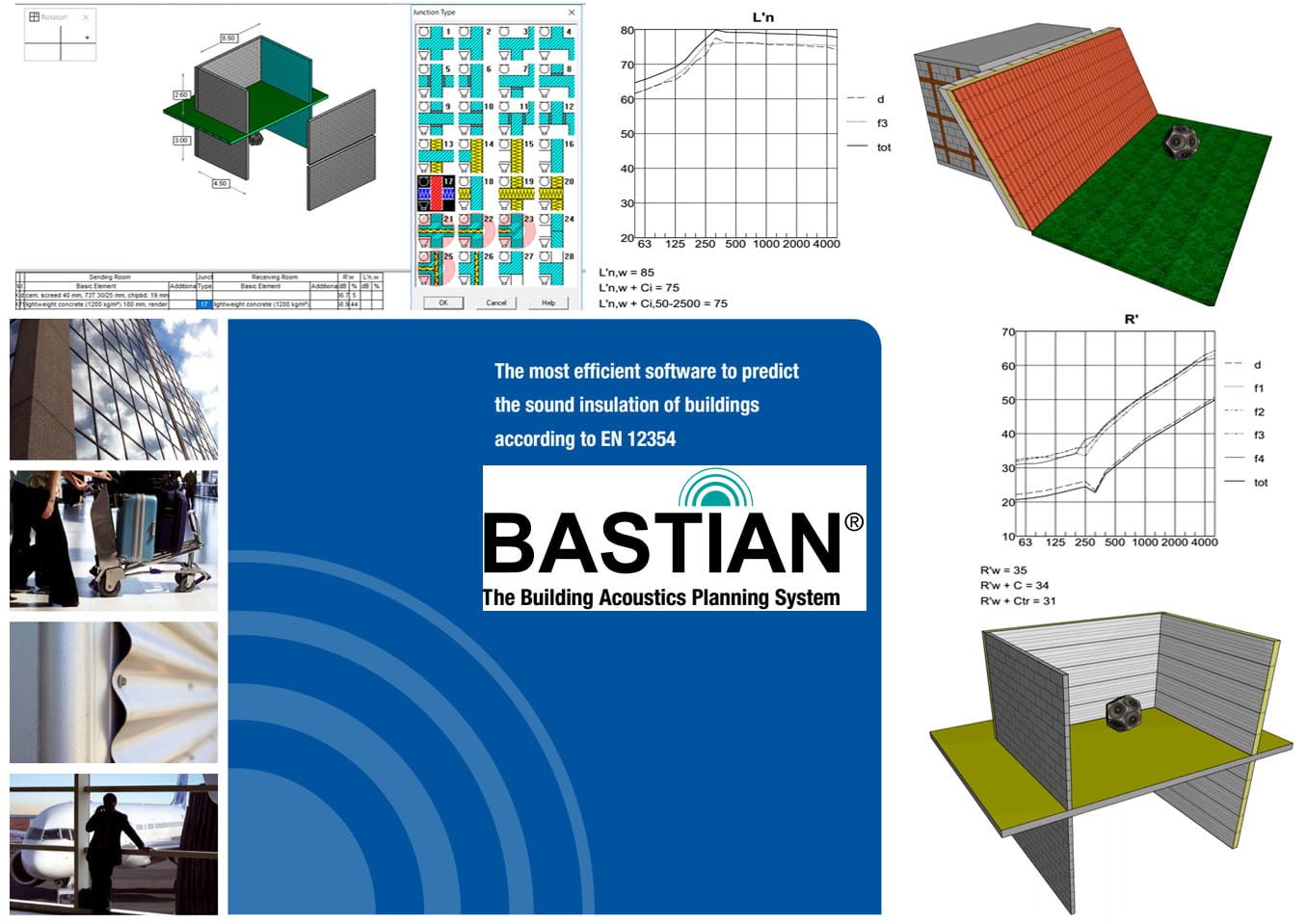GINTARĖ PRIVEDIENĖ
LOGIC RULES THE WORLD, FEELINGS MAKE IT WONDERFUL
Architect M.Sc./Acoustics consultant
Room acoustics and interior
Environmental & indoor noise control

LOGIC RULES THE WORLD, FEELINGS MAKE IT WONDERFUL
Architect M.Sc./Acoustics consultant
Room acoustics and interior
Environmental & indoor noise control

∞
Architect / Acoustics assistant
Room acoustics and interior
Environmental & indoor noise control
Akustika plius is a company providing all services concerning architectural acoustics, sound insulation and noise control solutions. Our strength lies in more than 13 years of experience, constant willingness to improve and learn and immense belief in the potential and benefits of esthetical acoustics. We have realized projects in Lithuania, Latvia, Estonia, Sweden, Russia, Belarus, Ukraine, Kazachstan and other countries. We have finished more than 300 projects in our portfolio ranging from cinemas, certified studios to stadiums and administrative purpose buildings. We regularly take part in international conferences and seminars. By cooperating with foreign partners, we constantly invest in our knowledge and computer software. Our professionals can also advise the private sector or carry out acoustical training for businesses. We strongly believe that acoustical comfort is crucial in creating a pleasant learning environment so we consult educational institutions free of charge.
We are not seeking to be just acousticians, nor we are trying to be just architects. Our mission is to be architects of acoustics. Lets face it – good acoustics are not just numbers and calculations, it is the whole picture of what we see, hear and most importantly – feel. When we create spaces, we see them and we hear them, and YOU will feel it.

ONLY PASSION AND KNOWLEDGE MAKES CREATIVITY CONSTRUCTIVE
Acoustics consultant M.Sc. (Tech.)
Room and building acoustics
Environmental & indoor noise control

NOT TO GO FORWARD IS TO GO BACK
Acoustics assistant
Room and building acoustics
Environmental & indoor noise control

Ease is a software package designed for acoustic consultants, sound recording designers and researchers. It provides vast opportunities to create, analyze and improve architectural and electro – acoustic systems.
Software EASE with its additional modules AURA and EARS allows the user to foresee the best solutions by setting the critical points and choosing the best lay out even in early design stages. All calculations are carried out in the 3D model which minimizes the risk of errors because all the solutions and tasks are rendered graphically – in real time environment.
Since the development of software in 1990, EASE became a global standard in terms of calculations for architectural / electro – acoustic spaces. When creating a model, information can be imported from various CAD environments, different acoustical parameters can be set for every surface, user can choose various parameters for sound sources and receivers etc. Calculations can be carried out for essential acoustical parameters – RT, EDT, C80/C50, STI and others. Results are given graphically and statistically; it is also possible to “listen” to the spaces being analyzed using a software extension.
License information:
Licensed company, Akustika Plius Ltd., Lithuania


INSUL is a software package used for predicting the sound insulation of walls, floors, roofs, ceilings and windows, impact sound insulation between floors and rain noise on the roof. The program can make good estimates of various parameters in a few accuracy levels for use in noise transfer calculations or acoustical design or specification. Calculations are carried out according to ISO 717, ISO 140-18, ASTM E492 and E413 standards.
INSUL is being developed and improved for more than 15 years by Marshall Day Acoustics – a company based in New Zealand. During that time the software became widely known among acousticians and constructors all around the world. Mainly due to its good accuracy – the difference between its results and real life calculations does not usually exceed 3 dB.
License information:
Licensed company, Akustika Plius Ltd., Lithuania


ODEON is a software package dedicated for building and room acoustics simulation calculations and measurements. By setting the geometry of the rooms and types of materials used, it is possible to calculate the room acoustical parameters, sound propagation simulation visualizations and even to listen to the sound emitted in various locations inside the designed room. Calculations in simulations are made according to ISO 3382 standard.
Development of software ODEON began in 1990 in Denmark. Since that year, new versions are being released every year, software is being tested in real life conditions continually, its possibilities are expanded and the reliability is increased. Software is widely used in the whole world by many professional acoustics.
Rooms in which calculations are simulated:
• Concert and opera halls, theaters, churches, rehearsal halls, etc.
• Open plan offices, atriums, restaurants, etc.
• Passenger terminals, public places, etc.
• Industrial and commercial type environments, outside spaces with difficult geometry, etc.
License information:
Licensed company, Akustika Plius Ltd., Lithuania


CadnaA is a software package dedicated to environmental noise propagation calculations, assessments, predictions and visual result presentation. CadnaA is developed by a German company “DataKustik” and is being considered one of the best tools in its field. It is also used in more than 60 countries worldwide.
Software is used in design, science and research, industrial, acoustic and other areas. The main function of this program is to simulate noise propagation (autotransport, rail, air traffic and industrial sources) environment. This can be done in various scales – from one building to the whole city. Software has more than 30 built – in standards, algorithms, object management and visualization tools. “CadnaA” is used to analyze any size national and international noise calculation and noise cartography projects.
Calculations are done by creating a spatial environment model in which road, rail, air transport and industrial noise sources are included. These models can contain buildings, terrain information, sound barriers, bridges, etc. Results can be given graphically in horizontal plane and in vertical plane.
Software is used in order to carry out noise simulations to set the acoustic environment of buildings, to choose appropriate façade, to evaluate the effect of any potential objects to the environment (increased traffic, HVAC systems etc.).
Supported standards:
Industrial noise:
– ISO 9613 incl. VBUI (International, EC-Interim)
– CONCAWE (International)
– VDI 2714, VDI 2720 (Germany)
– DIN 18005 (Germany)
– ÖAL Richtlinie Nr. 28 (Austria)
– BS 5228 (United Kingdom)
– Nordic General Prediction Method (Scandinavia)
– NORD 2000 (Scandinavia)
– Ljud från vindkraftverk (Sweden)
– Harmonoise, P2P calculation model (International)
– NMPB08 – Industry (France)
– CNOSSOS-EU (2014)
Road transport noise:
– NMPB-Routes-96 (France, EC-Interim)
– RLS-90, VBUS (Germany)
– DIN 18005 (Germany)
– RVS 04.02.11 (Austria)
– STL 86 (Switzerland)
– SonRoad (Switzerland)
– CRTN (United Kingdom)
– TemaNord 1996:525 (Scandinavia)
– Czech Method (Czech Republic)
– NMPB-Routes-08 (France)
– TNM (USA)
– CNOSSOS-EU (2014)
Rail traffic noise:
– RMR, SRM II (Netherlands, EC-Interim)
– Schall03 (1990), Schall Transrapid, VBUSch (Germany)
– Schall03 (2014) (Germany)
– DIN 18005 (Germany)
– ONR 305011 (Austria)
– Semibel (Switzerland)
– NMPB-Fer (France)
– NMPB08-Fer (France)
– CRN (United Kingdom)
– TemaNord 1996:524 (Scandinavia)
– FTA/FRA, draft (USA)
– CNOSSOS-EU (2014)
Air transport noise:
– ECAC Doc. 29, 2nd edition 1997 (International, EC-Interim)
– ECAC Doc.29 3rd edition (International, EC-Interim)
*except military databases
– INM 7.0 Integrated Noise Model (International)
*except military databases
– ICAN / AzB 2008 (Germany)
– DIN 45684 (Germany)
– AzB 1975 (Germany)
– AzB-MIL (Germany)
– LAI-Landeplatzleitlinie (Germany)
– VBUF (Germany)
– ÖAL 24 (Austria)
– CNOSSOS-EU (2014)
License information:
Licensed company, Akustika Plius Ltd., Lithuania


DataKustik Bastian is one of the most effective software packages that is used to calculate building sound insulation according to EN12354 standard.
Software package DataKustik Bastian is used for sound insulation calculations: air borne sound and impact noise insulation between rooms inside a building and also air borne sound insulation through building’s façade. Constructions surrounding the evaluated room and other additional elements are also taken into account when carrying out calculations according to ISO 12354-1, ISO 12354-2, ISO 12354-3 standards. These standards are included in many European country national standards.
BASTIAN can perform these calculations:
Air borne sound insulation between rooms according to EN 12354-1 – R‘w, Dn,w, DnT,w;
Impact sound insulation between rooms according to EN 12354-2 – L‘n,w, L‘nT,w;
Air borne sound insulation through façade according to EN 12354-3 – R‘tr,s,w, R‘45,w, D2m,nT,w, D2m,n,w;
Simplified or complex model calculation results are given to 1/3 octave width band central frequency or as one-parameter values;
It is possible to calculate and evaluate sound insulation values according to ASTM: STC (Sound Transmission Class),OITC (Outdoor-Indoor Transmission Class) and IIC (Impact Insulation Class);
Bypass transmission through auxiliary elements (cable canals, HVAC systems, shafts) evaluation;
Building elements (window, door, openings) evaluation in enclosed construction evaluation;
Bypass sound evaluation through various combinations of construction links (heavy monolayer, heavy bilayer, light construction, etc.)
Sound pressure level calculation inside a building;
Material data base import/export;
Results from noise propagation simulation with CadnaA import;
Construction sketch export;
Calculation result export into MS-Excel;
Bastian used databases:
BASTIAN (1629 constructions)
Saint-Gobain Isover (287 constructions);
Rigips GmbH (41 constructions);
Saint-Gobain Glass (83 constructions);
Supplement 1 for DIN 4109, Germany 1989 (284 constructions);
UBA-Text 11/85, Germany 1985 (96 constructions);
Geluidwering in de Woningbouw, The Netherlands 1992 (333 constructions);
Fasold/Sonntag/Winkler, Germany 1988 (314 constructions);
ON V 32, Austria 2001 (186 constructions);
SIA D 0189, Switzerland 2005 (420 constructions);
PTB-Bericht Holzbau, Germany 2005 (154 constructions);
US-American & Canadian data 2008 (408 constructions);
CTE-Catalogue, Spain 2008 (385 constructions).
Auralization:
Additional Bastian feature extends possibilities to convey given calculation results to the end user. With the help of an audio system, various types of internal (speech, TV, seperate music instruments) and external (road, rail, air transport) noises passed through sound insulation constructions can be demonstrated.
License information:
Licensed company, Akustika Plius Ltd., Lithuania

I am text block. Click edit button to change this text. Lorem ipsum dolor sit amet, consectetur adipiscing elit. Ut elit tellus, luctus nec ullamcorper mattis, pulvinar dapibus leo.